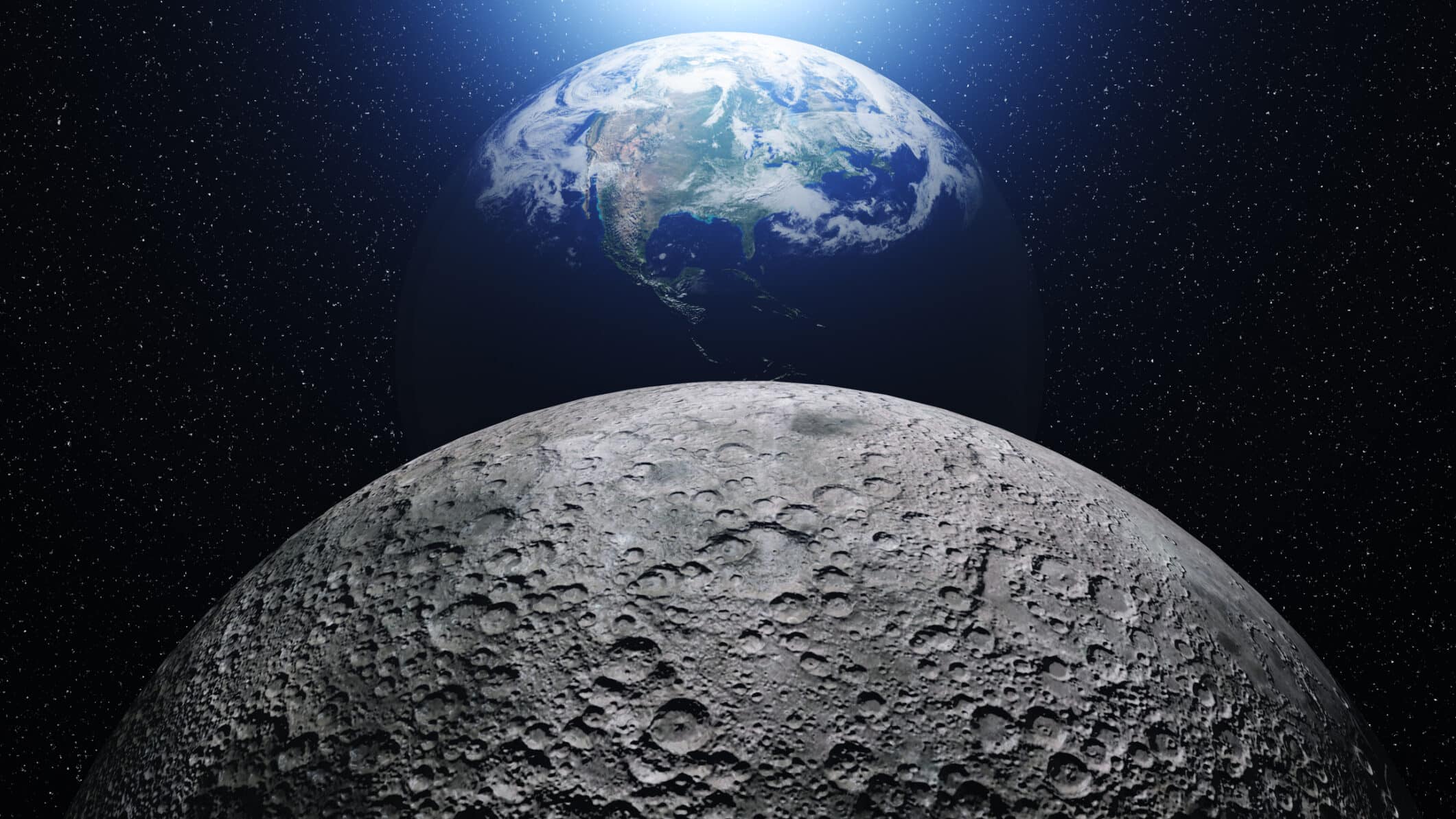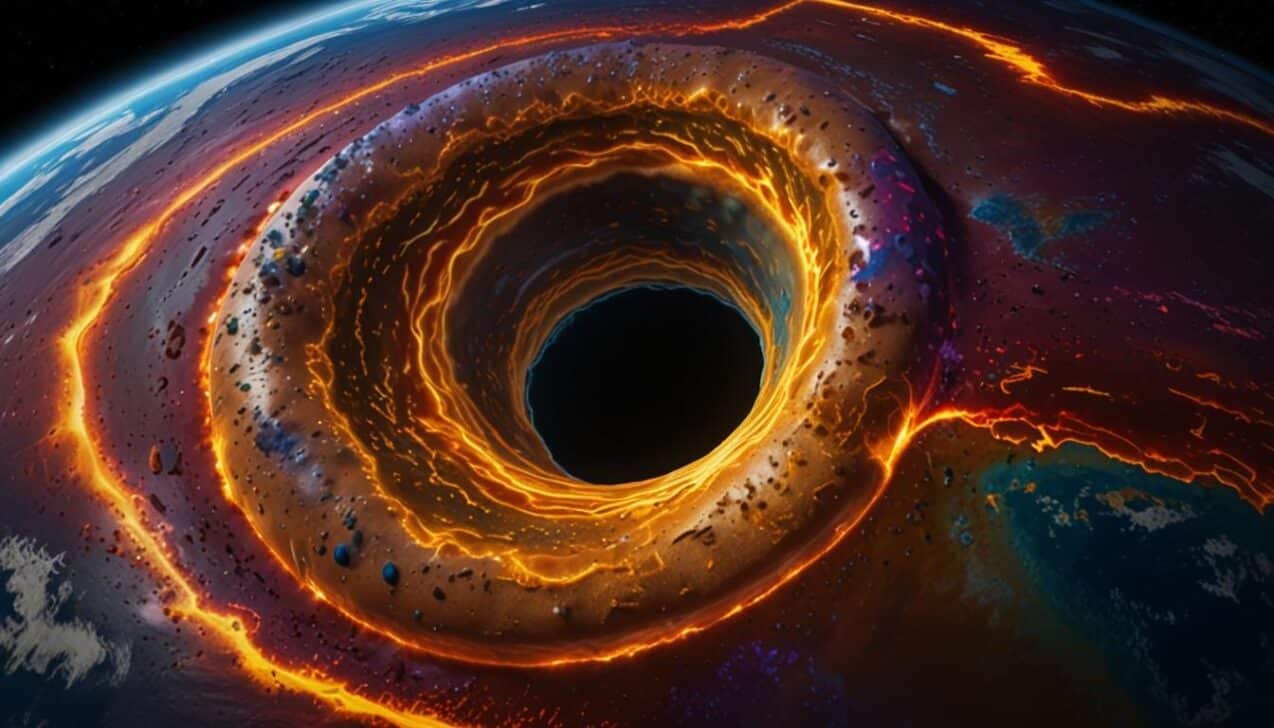Will M.S.T (Moon Standard Time) become a common time-zone? Well, yes, if The International Astronomical Union has its way. It has recently endorsed a resolution aiming to establish a timekeeping standard for the moon.
This resolution, proposed by Susan Stewart of the U.S. Naval Observatory, was voted on during the union’s conference in Cape Town. It underscores the necessity for global space organisations to collaborate on a unified lunar clock, which is crucial for synchronising future space missions on the moon.
Stewart highlighted the importance of this resolution, stating, “That’s the crux of our resolution: to work together to establish this standard time.” The proposal comes as more countries and private enterprises plan for lunar exploration missions. Currently, each moon mission operates on the time zone of the nation controlling the spacecraft, which can lead to complications as more international missions are planned.
The moon’s gravitational pull is weaker than that of Earth, causing time to tick about 58.7 microseconds faster each day when measured in standard Earth time. This minute discrepancy makes synchronising mission timelines crucial. Bijunath Patla of the National Institute of Standards and Technology noted that the community recognises the necessity of this unified timekeeping system, labelling the resolution as the beginning of a collaborative effort to decide ‘how lunar time will tick.’
This initiative builds on previous efforts. Last year, the European Space Agency advocated for the establishment of a lunar clock. Earlier this year, the White House instructed NASA and other relevant agencies to develop an initial proposal by year-end, with a comprehensive plan due by the end of 2026.
In tandem with these scientific advancements, celestial enthusiasts are in for a treat as the second of four supermoons expected this year will make an appearance on 17/18 September. This full moon, which will be slightly nearer to Earth than usual, promises a brighter and larger spectacle in the night sky.
Noah Petro, project scientist for NASA’s Lunar Reconnaissance Orbiter, remarked, “I like to think of the supermoon as a good excuse to start looking at the moon more regularly.” Supermoons, although essentially the same size, can appear markedly larger and brighter due to their closer proximity to Earth during their full phase. The moon’s orbit is oval-shaped, causing these periodic close approaches.
Subsequent supermoons in October, and November will follow, with October’s being the year’s closest at 222,055 miles (357,364 kilometres). Each event will offer a unique view, with September’s coinciding with a partial lunar eclipse visible in much of the Americas, Africa, and Europe.
For those keeping an eye on the sky, these supermoons offer a remarkable opportunity to witness the moon’s phase changes more prominently. Petro encourages enthusiasts to observe the differences in brightness, noting that a supermoon can appear 30% brighter than an average full moon.
As global interest in lunar exploration accelerates, with various nations preparing for lander missions and the eventual stationing of astronauts, these natural events capture the imagination and attention of those looking skyward. Petro, involved with NASA’s Artemis program aimed at returning humans to the moon, expressed excitement about the rekindled interest in lunar exploration, stating, “It certainly makes it more fun to stare at.”
The moon, a constant yet ever-enchanting companion to Earth, continues to be a focal point of human curiosity and ambition.
Subscribe
Sign-up to receive our newsletter





